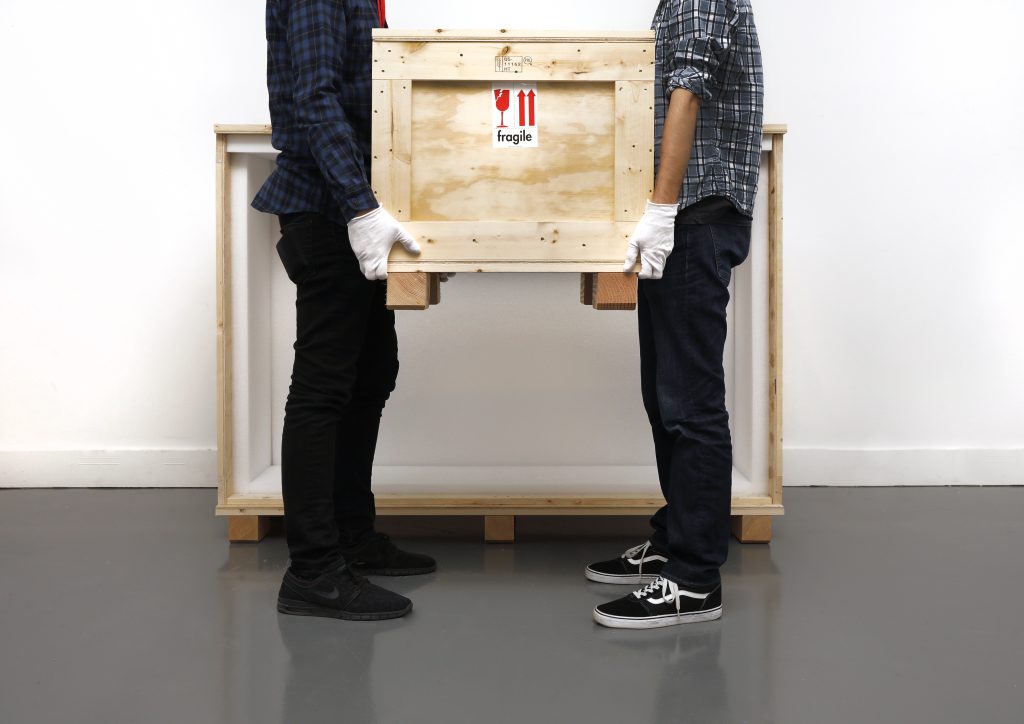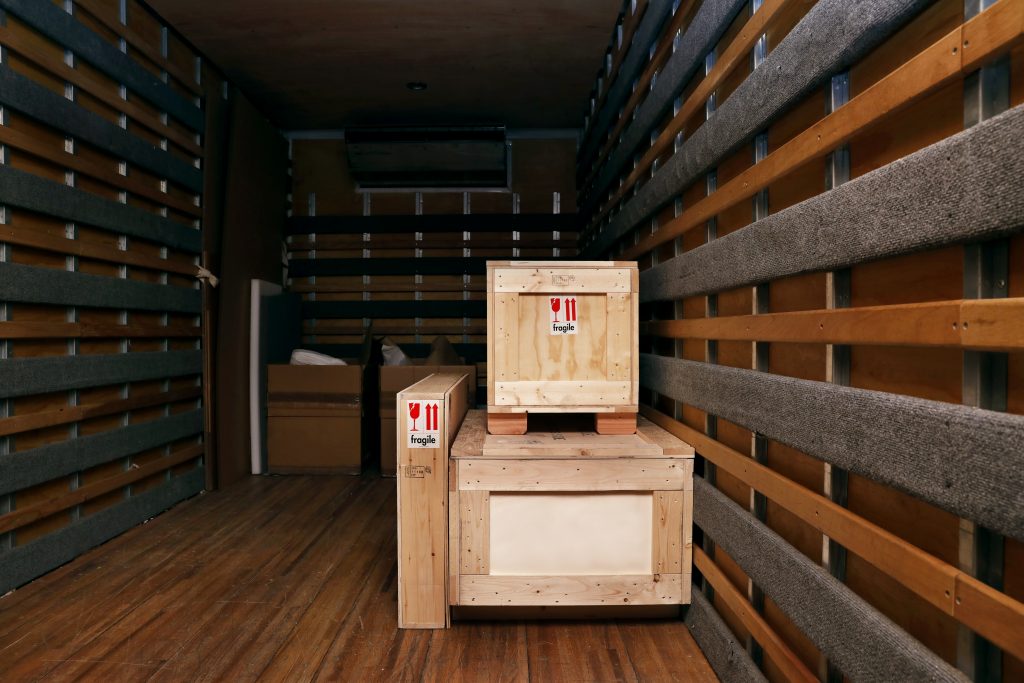A recent Art Basel and UBS Art Market Report showed that online sales of art, collectibles, and antiques reached a record high of $12.4B in 2020, doubling in value from 2019. The accelerated growth of eCommerce for these types of items comes as buyers are more comfortable purchasing everything online.
For many sellers of high-value goods, the biggest hurdle for a successful eCommerce strategy is simplifying or automating logistics and fulfillment, a nuanced and complex endeavor for items requiring specialized handling. Moreover, consumers are looking for the same, frictionless experience they encounter when buying other types of goods digitally; namely: upfront shipping costs and single click checkout.
As a result, players in the luxury market must adapt to meet the evolving needs of their customers. And it starts with a seamless eCommerce experience, from pre-sale to fulfillment.

The Past
Safely transporting these often fragile, oversized, and valuable objects requires specialized handlers, transit insurance, and other niche services. Because a single seller could need multiple carriers to adequately ship their goods to buyers, and the process for shipping has been manual and fragmented to date, there is a high barrier to entry for online sales of high-value goods. For this reason, buyers often find a “click to inquire” button when browsing items for sale online, as opposed to a “buy now” button. It’s time for sellers to evolve and meet consumer expectations with an end-to-end online purchase experience.
The Present
With this surge in digital initiatives — accelerated by COVID-19 and changing consumer behaviors — marketplaces, auction houses, galleries, and other online sellers are focused on delivering an eCommerce experience that meets the evolving needs of the market, including a more seamless purchase and fulfillment experience. Sellers today need to provide greater transparency into shipping costs during the buyer consideration phase, so users have a clear picture of total costs upfront. It is also critical to deliver a seamless click-to-buy transaction, including automating end-to-end fulfillment and returns.

The Future
As the world opens back up and life returns to a new normal post-pandemic, galleries, sellers, and auction houses will need to approach the market in a new way. While consumers will slowly return to in-person shopping, the rise in eCommerce won’t subside meaning consumer shopping patterns have inevitably changed forever. By delivering an end-to-end eCommerce experience that eliminates the inherent friction in selling unique items online, this industry can finally realize the promise of reaching a bigger market and can capitalize on the demand for these types of items.

The next wave of global commerce — where any item, regardless of size, price point, or fragility can seamlessly be bought and sold online — is here, and it’s time for sellers to evolve their strategies.
About the Author: Adam Fields is the Founder and CEO of ARTA, which automates shipping and fulfillment for high-value and collectible objects. ARTA’s software provides instant shipping costs for any item type—regardless of size, material, or price point—allowing clients to reduce overhead, scale faster and offer a frictionless purchase experience for their buyers. Prior to founding ARTA, Adam was a Vice President at Artspace.com, where he became hyper-aware of the difficulties that came with shipping art for both online and offline sellers. With end-to-end global fulfillment services including shipping, packing, tracking, and insurance, ARTA is an all-in-one logistics solution for merchants and marketplaces. For more information about how to leverage ARTA’s platform to ship everything and anything requiring specialized care, visit shiparta.com.


